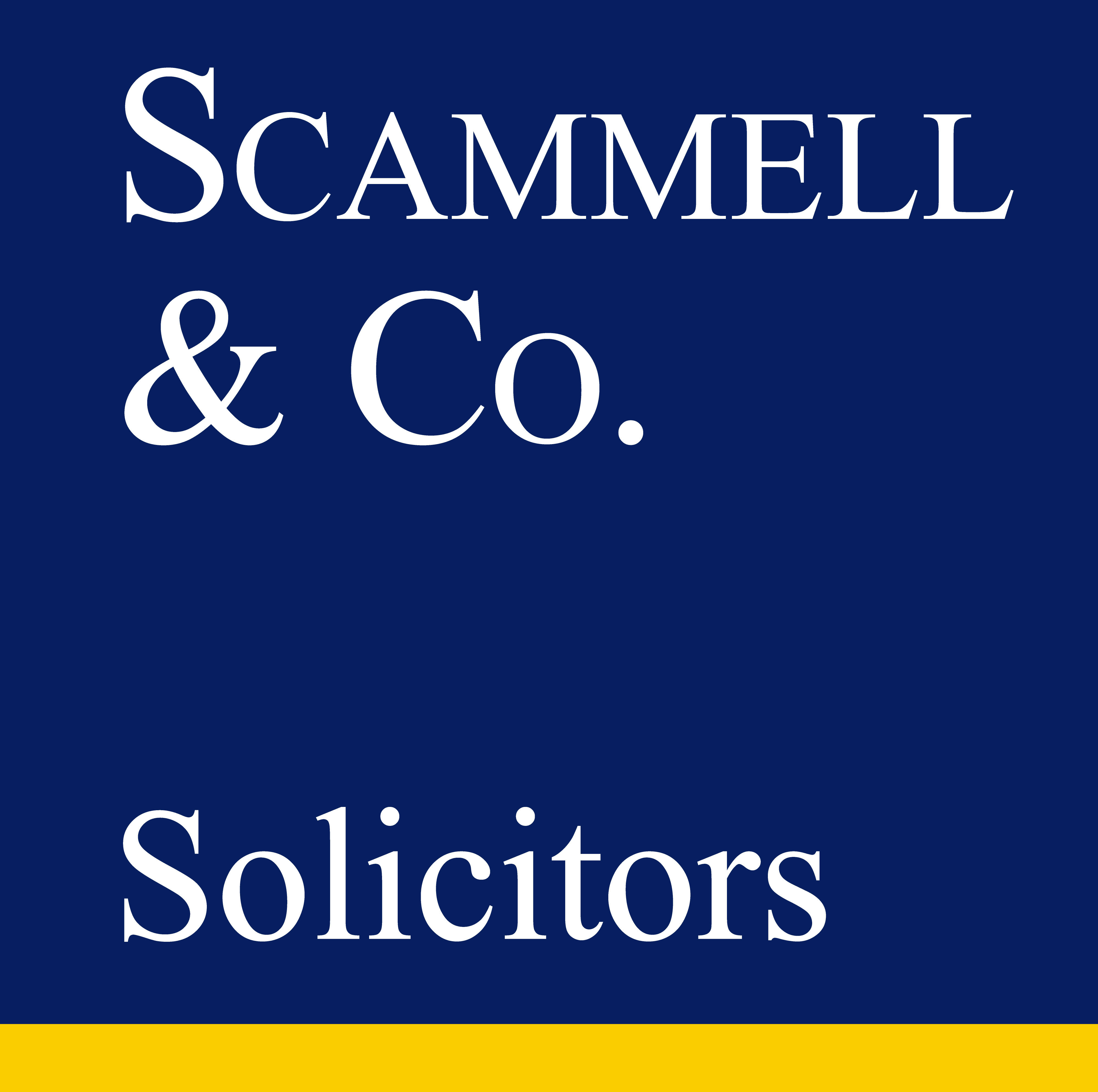Civil Litigation
Civil litigation can be complex process. I am not sure what the start point may be and what actions are required of me. Can you give me an overview of the activity for which I should prepare? And, some definitions of legal terms used in the process.
First, whether the litigation you might be contemplating is worth all the action that need to be taken.
Second, the flow of events that needs to occur … the activities and the order in which they occur.
Before embarking on litigation we suggest you get advice regarding the merits of your case and the likelihood of succeeding. To start on this assessment take advantage of our offer of a free meeting. We offer the first 30 minutes of the first meeting free. When you visit our office for such a meeting bring in as many of the papers as you can. Chances are we can give you an assessment within the first 30 minutes.
If it is decided to proceed, the following list of points summarise key terms, as used in the legal profession. But, please note that not all detail is set out in these summary notes. An expanded version of these notes is available from Scammell & Co.
1. Notice of action.
A letter sent by / on behalf of the person / company making the claim (the Plaintiff) to the person or company that they wish to claim against (the Defendant).
The Plaintiff must usually wait from 21 – 90 days after sending the notice, before proceeding to the next step.
2. Summons / application
This is the document filed in court to start proceedings on behalf of the person or company who wishes to bring a claim – the Plaintiff.
It will be addressed to the defendant and include a statement of the claim.
3. Service
After the summons has been filed in court it will be sealed by the court and returned to the Plaintiff to arrange for it to be served on the Defendant.
4. Defenced / Counterclaim
After the Defendant has received a summons the Defendant needs to file a Defence. A period of usually 21 days is allowed.
A statement of claim and the defence, when read together, enable the court to know what the parties are arguing about.
Both of these documents must be very carefully worded.
If the Defendant does not file a defence, then after the time limit (usually 21 days) has elapsed the Plaintiff may ask the court to issue a default judgement against the Defendant.
5. Discovery / Disclosure
As part of the preparation of the case both the Plaintiff and Defendant are required to provide a list of documents in their possession which may have any relevance to the matter in court.
6. Interrogatories
In some cases the Plaintiff and Defendant may file written questions in court requiring answers before the matter goes to court.
7. Notice to Admit
Parties to a case can, if they wish, file a document requiring the other side to admit certain facts or documents. This can save the need for formal evidence and thus save time.
8. Directions and Hearings
Once a defence has been filed the court will nominate a time when the parties must come to court and discuss the matter before a judge.
These discussions usually only last 5-10 minutes.
A matter will not be allowed to go into a trial list until the judge is satisfied that both sides have adequately prepared evidence.
9. Pre-trial
Before the matter goes to trial the court will normally direct the parties to attend before the judge in person and with their solicitors.
An objective of the pre-trial conference is to see if the matter can be settled without need to go to trial.
10. Listing conference
If the matter does not settle at a pre-trial conference it will be sent by the court to a listing conference which is attended by the solicitors from both sides, the parties and the witnesses.
11. Trial
The great majority of matters are settled before any trial occurs – less than 1% proceed to trial
The 1% that go to trial are those where both sides strongly believe they will win. Half are wrong! Litigation is risky.
Those matters that do proceed trial must wait their turn. This can mean waiting for months or even up to a year.
After hearing the evidence the trial judge may give a judgement straight away. Or, may wish to consider the matter. This can result in further delays of several months.
12. Appeal
A party who is not satisfied with judge’s decision may be able to appeal to a higher court.
13. Execution
Once a court has made a final order the party who is successful is then entitled to enforce the judgement.
Enforcement can take many forms including seizure of property, summons to appear in a debtors court and / or bankruptcy.
14. Mediation
On occasions, with the consent of both parties, the court can direct that the matter goes to mediation, in an attempt to settle before going to trial.
A mediator is usually a qualified barrister or retired judge. The mediator can make recommendations as to how the matter should be settled but cannot make any actual orders.
15. Third party proceeding.
On occasions a Defendant may say he / she is entitled to be appropriately indemnified by a third party.
In that event, the Defendant will issue what is known as a third party notice.
16. Contribution notices.
Where there is more than one Defendant in an action the Defendant may seek orders from the court as to the proportions in which any liability should be adjusted.
This is done by filing a contribution notice.
17. Filed offer
Where a Defendant admits part of a claim, but denies another part he / she may file an offer for that part of the claim which he admits.
For example, a Defendant might be sued for $50,000 and he may say that he /she admits $15,000 only. He / she can then file an offer for $15,000 plus costs up to the date of the filed offer and defend the balance of the claim.
Should the trial proceed and the Plaintiff only gets an order for say $15,000, the Defendant, in effect, wins the matter on costs.
18. Costs
Generally speaking a successful party in an action is awarded costs against the other party – which are usually much less than the actual legal costs incurred
19. Time Limits.
It is important to acknowledge that if you have a claim you do not delay in pursing the claim.
If your claim is for personal injury, the law says that you must begin litigation within three years.
If your claim is under a contract or relates to property damage, you have six I years in which to begin litigation.
If that time has passed, only in exceptional circumstances will the court allow you to enter into litigation in order to try and recover your claim.



